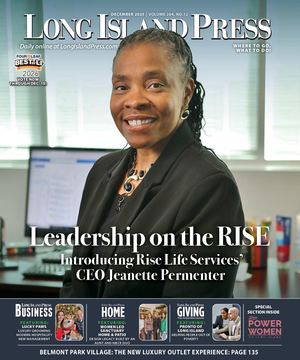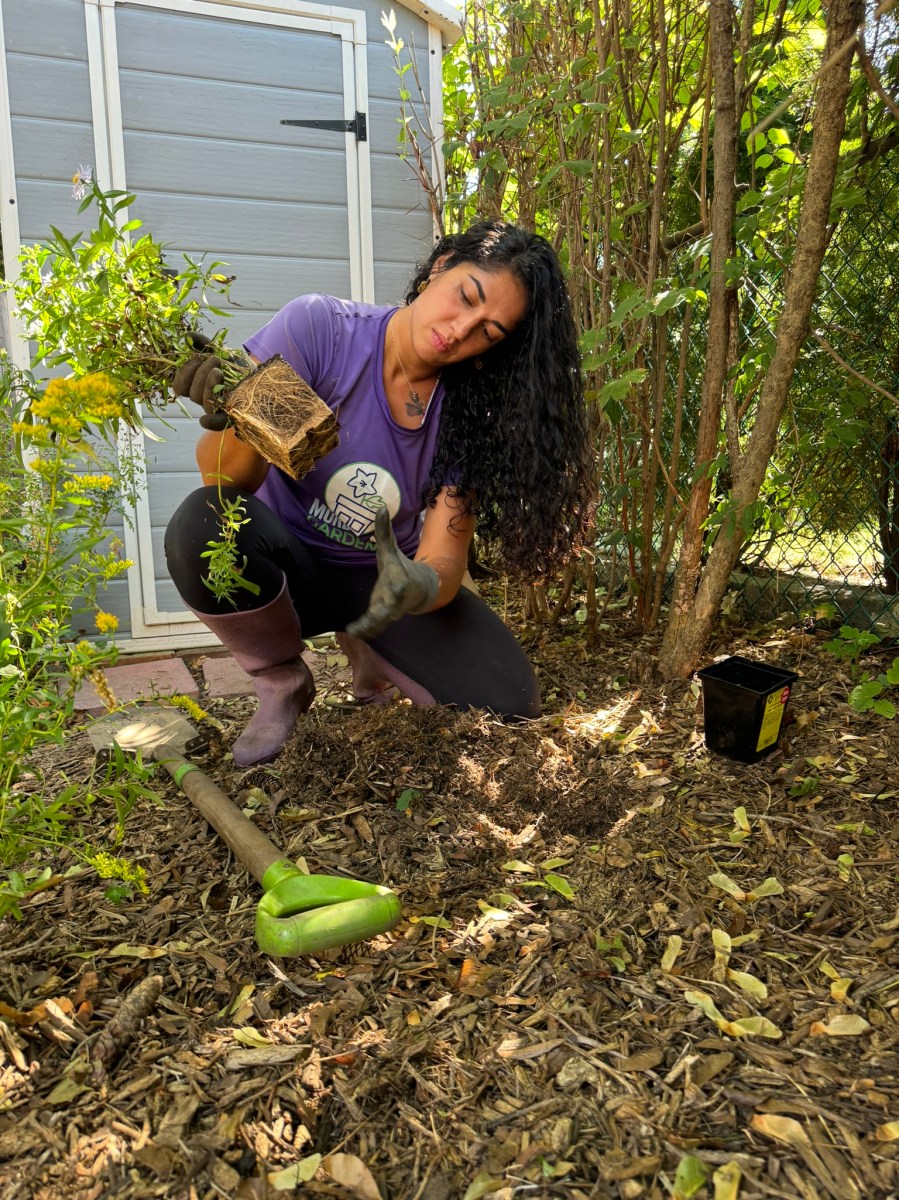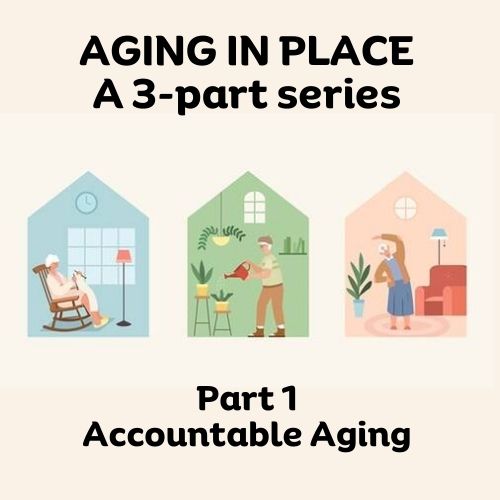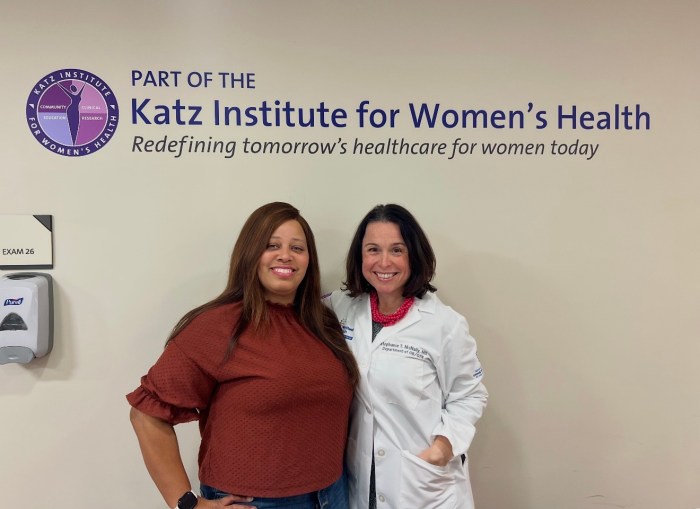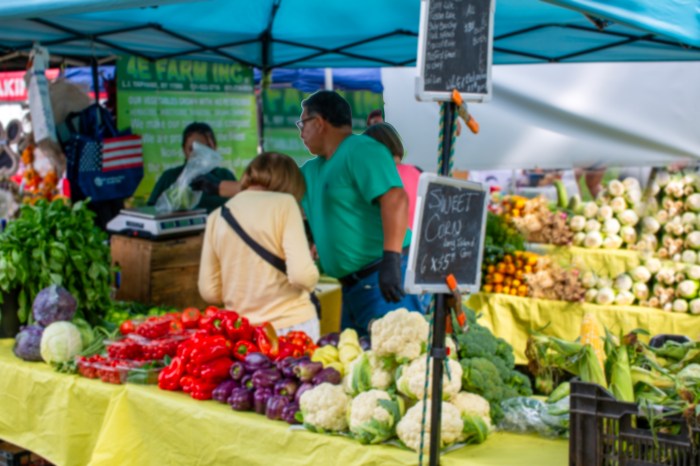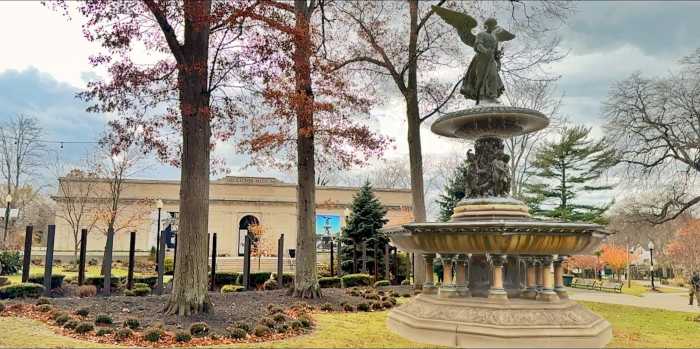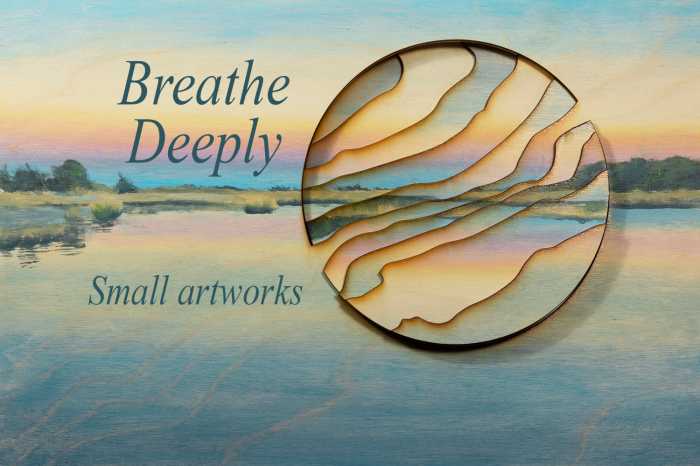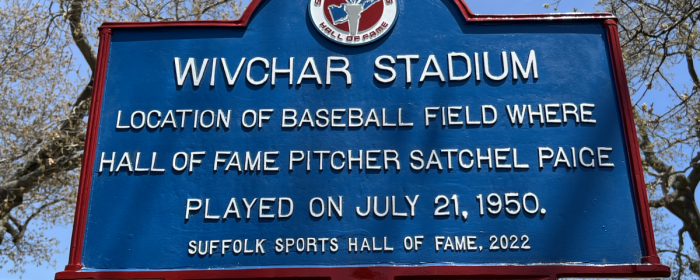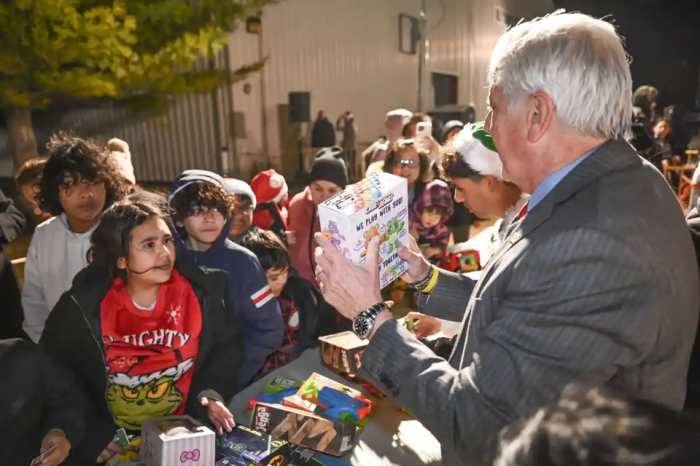For many suburban homeowners, the garden is a source of pride and peace. For Agatha Martello, it’s something more: a powerful tool to heal the planet.
“The key to saving the planet might just be in your backyard,” said Martello, a conservation biologist, working mom and founder of More Than Gardens, a Westbury-based organic landscaping company that’s transforming Long Island lawns into vibrant, ecologically rich habitats.
Rewilding—replacing manicured lawns and exotic ornamentals with native plants that support pollinators and wildlife—is more than a trend for Martello. It’s her life’s work.
“One of the biggest environmental decisions you can make as an individual is which plants are in your garden and how you care for them,” she explained. “Some plants and practices help create a thriving, living, biodiverse landscape for pollinators and birds and others… don’t!”
Martello was trained as a conservation biologist and grew up in the sprawling cityscape of São Paulo, Brazil. Even in such a dense urban environment, she marveled at nature’s resilience.
“I was amazed that, even in cities, life finds ways to stay connected—birds and squirrels dispersing seeds, bees and butterflies transferring pollen and even the wind carrying life between green spaces,” she recalled.
That early fascination grew into a career in restoration ecology and, later, ecological landscape design. When she moved to Long Island, she saw an untapped opportunity—one yard at a time.
“Every garden is more than just a beautiful space,” Martello said. “It’s a bridge between you and nature, a chance to reverse environmental damage.”

In 2018, she launched More Than Gardens, a fully organic landscaping company that designs, installs and maintains native plant landscapes without pesticides or polluting machinery. Her team of horticulturists and skilled landscapers replaces invasive species with ecologically beneficial natives, all while making sure the gardens are stunning to look at.
“The mission is to create gardens with high ecological function and beautiful design,” Martello explained. “Because a lot of people think ecological landscaping means wild and messy. It doesn’t have to be. Our designs are clean, intentional and neighbor-friendly.”
Indeed, one of the challenges rewilding advocates face is community perception. Stories of HOAs issuing warnings and neighbors grumbling about “messy” yards are common. Martello encourages thoughtful planning.
“Have designated areas,” she advised. “Maybe a wildflower meadow on the side yard, but balance it with more structured plantings in the front. You can substitute traditional choices, such as boxwood, with native species that have ecological value. It’s all about blending design with purpose.”
Rather than making drastic changes overnight, Martello recommends a phased approach. “Unless you’re a billionaire, don’t try to do it all at once,” she laughed. “It’s better for your wallet and better for your relationship with the garden. When you do it in parts, you get to learn, observe and get involved. It becomes a conversation between you and your landscape.”
Every site is treated as unique, she added. “We don’t treat every house the same. What’s the pH of your soil? How does water move across the property? How will this plant behave in five years? These are the questions we ask. Otherwise, you end up with a plant swallowing your window and that’s frustrating.”
The rewilding movement is gaining traction for good reason. Climate change is no longer an abstract concept—it’s visible in erratic weather patterns, plant failures and vanishing wildlife.
“We’re seeing consequences now,” Martello said. “Trees are dying from heat stress, cucumbers aren’t growing because the spring was too cold—it’s affecting everyone. People are waking up and they want to do something real, something local. And your garden is a powerful place to start.”
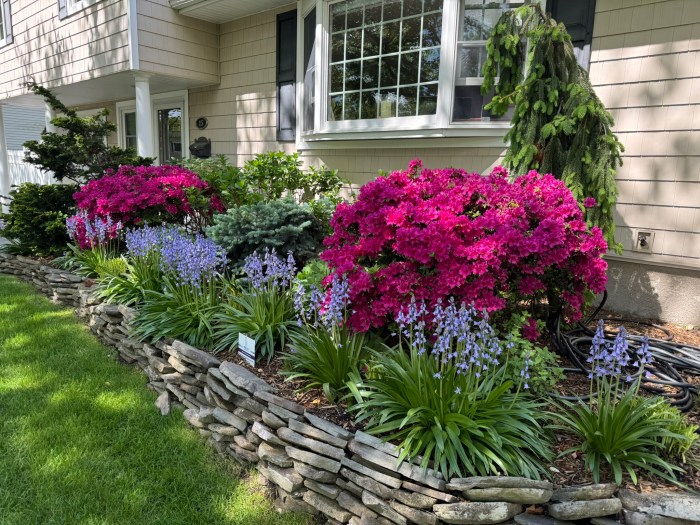
Beyond climate, there’s also a cultural longing for reconnection.
“I feel like we’ve never been so disconnected from nature,” Martello said. “A few generations ago, we spent so much more time outside. Now, people are afraid of bugs and the weather, and they don’t even know how to identify a native plant. But when you start gardening with native plants, you get outside more, you learn, you participate. It’s empowering.”
Her clients are seeing the results firsthand—more bees, butterflies and birds.
“That’s a success,” Martello said. “That’s the ecosystem responding.”
Popular native plant choices vary, but some have emerged as clear favorites.
“People love coneflowers and the redbud tree is in high demand,” she said. “It’s a perfect substitute for the cherry blossom—just as stunning, but native and more supportive of local wildlife. I think it’s prettier, with its heart-shaped leaves and changing colors.”
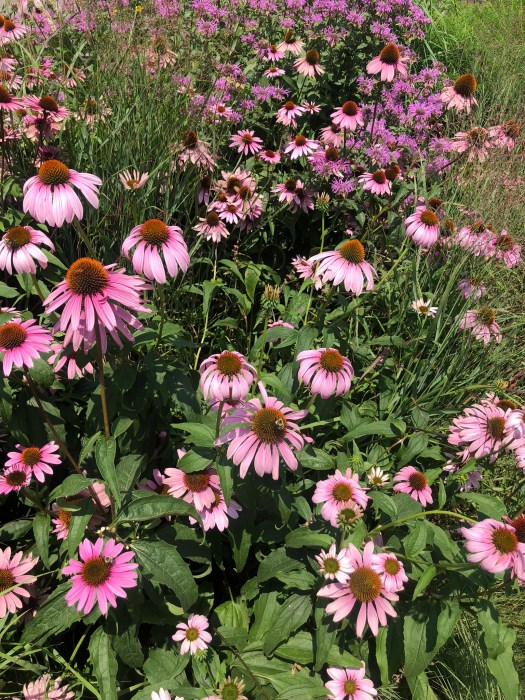
Still, availability remains a challenge.
“It’s not easy to find native plants,” Martello said. “The industry’s catching up to demand, but there’s still a gap. Hopefully, as more people ask for these species, nurseries will start to stock more of them.”
Books like “Nature’s Best Hope” by Douglas Tallamy have helped push the conversation forward, Martello said. “He talks about how every home can be a part of the solution, forming a patchwork of habitat that supports life. And that’s exactly what we see—gardens connecting and to larger preserved areas. Our gardens can reconnect nature.”
Despite the demands of running a growing business, Martello still makes time for family. “I take time off to spend time with my son—he’s almost preschool age,” she shared. “He’s all organic too!” she joked. “Seriously, he reminds me every day why this work matters.”
With summer in full swing, More Than Gardens is already booked for installations across Long Island, but Martello hopes the message spreads far beyond her client list.
“You don’t have to do it perfectly,” she said. “You just have to start. Even small changes—replacing one shrub with a native one, ditching the pesticides, letting part of your yard grow—those steps make a real difference.”
Visit morethangardens.com to learn more about ecological landscaping.
